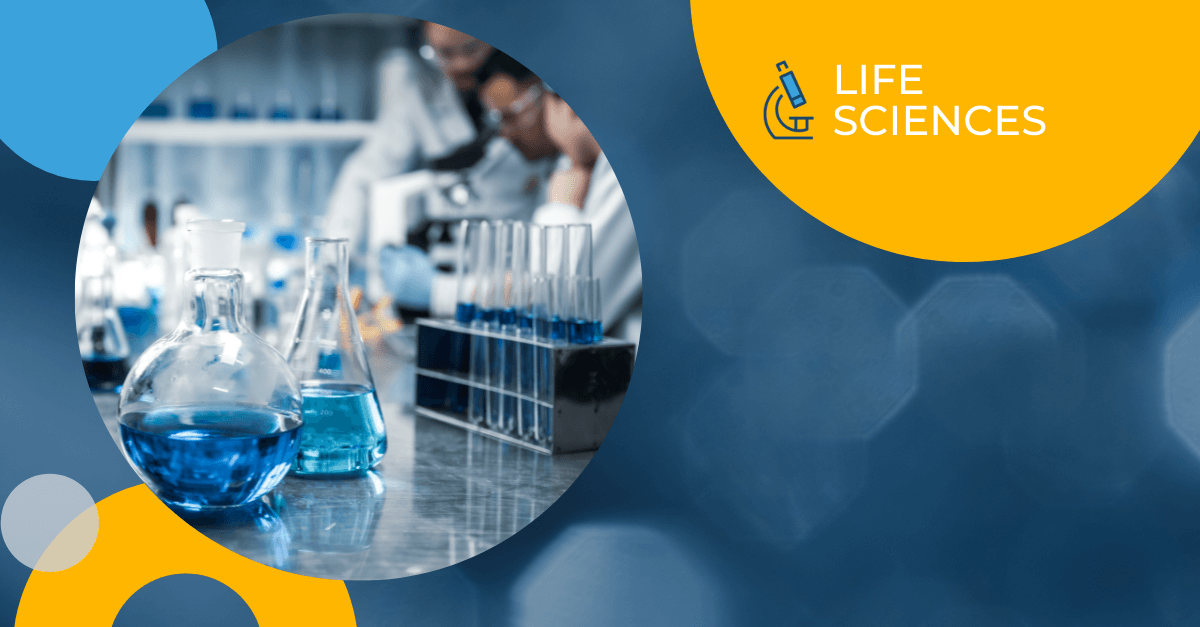Technical medical documents come in many forms with different purposes, including instructions for use, user manuals, labels and many more. These documents require special attention to ensure translation quality, accuracy, and usability. Quality translation relies heavily on the medical translation agency you partner with — and, there are many things a company can do to help set the project up for success. Here are seven vital factors to monitor that will help streamline workflows and improve results.
1. Make sure translators have subject matter expertise
For technical, medical documents, it’s not enough for translators to have a basic understanding of medical translations — the more specific their subject matter expertise, the better. General familiarity with the medical field is a fundamental requirement. Still, translators with a more profound knowledge of a particular therapeutic area or product application can achieve greater accuracy in the target language results.
2. Demonstrate the product for the linguist
Even if translators possess specialized subject matter expertise, the more they understand the device, cure, medication, or procedure, the better. This valuable context may help guide their language choices during translation. Share product demos or instructional videos, and be available to answer questions before and during translation.
3. Know your intended audience
Documents targeted toward medical professionals will feature a different set of vocabulary than consumer-facing technical documents. There is no room for error when it comes to this specialized terminology. Alternatively, technical documents intended for patients, such as package inserts or box labeling, must prioritize clarity for laypeople who lack familiarity with complex medical terminology. Your medical translation agency should provide translators who can deliver a range of styles depending on the final application.
4. Clean up your Term Base
A Term Base is a repository for managing terminology which is used in nearly every translation project, but thorough preparation is especially vital for medical documents. Your Term Base should include approved translations for technical terms specific to your company and product.
Sharing the Term Base with your language services partner will ensure uniformity between current and past document translations and save time on your current translations project by eliminating the need to confirm specific word choices. If your company does not have a Term Base in place before the project begins, your medical translation agency partner can help you establish one. This Term Base should evolve alongside the company as you add more products, services and vocabulary. If the medical translation project is not ready to kick off, companies can save time by sharing their Term Base in English and work with the linguist to pre-translate key terms. This preparation can save time and reduce the risk of error once the full translation is underway.
5. Line up in-country reviewers
Your medical translations agency should enlist in-country reviewers, and native speakers from your team for a final review adds another layer of protection. Depending on your product, you may choose to ask medical professionals, salespeople, distributors, product testers, or other staff members to review translations.
Their role is not to make stylistic suggestions but to ensure the translation accurately represents functionality. Letting these individuals know ahead of time that they will be part of the translation process will set expectations and ensure they prioritize this task when documents are ready for their review.
6. Work with ISO certified medical translation agencies
There are many tools for foreign language translation — not all are created equal. Basic machine translation apps like Google Translate may be a great solution when ordering lunch in a restaurant, but these tools cannot provide the necessary level of accuracy for medical translations.
ISO certification is one means of ensuring your medical translation agency has dialed in its quality management processes to produce accurate results. Evaluation by an independent third-party such as the International Organization for Standardization (ISO) means the translation company stands by their processes and are willing to undergo external scrutiny. Morningside maintains multiple ISO certifications, including ISO 9001 for quality management, ISO 17100 for translation services, and ISO 13485 for quality management protocols specifically related to medical devices.
7. The translation is an essential step in product development
If your medical document ultimately requires a foreign language application, consider the translation as an integral part of the product development process — not an afterthought tacked on to the end of the project.
Investing the time to develop a relationship with your language services partner means involving them earlier in the process. Queuing up your medical translation agency to be ready for your project (with a subject matter expert translators, current Term Bases, product demos scheduled, and a clear understanding of your timeline) enables your translation partner to do their best work deliver the best results.
Incorporating a sufficient translation phase into your product development workflow ensures your medical document translation project receives the attention it deserves.
Ready to begin your next medical translation project? Please request a quote today, and let’s get started.


